Archaeologists from the Hungarian National Museum unearthed a trove of over 900 metal objects on Somló Hill in western Hungary, many of which are over 3,400 years old. The discovery sheds new light on the lives of communities that inhabited the region from the 13th to the 6th century BCE.
One of the significant discoveries includes six metal collections featuring bronze items, ingots, pouring tubes, and various tools linked to metallurgy. These findings imply that Somló Hill might have served as an important hub for bronze manufacturing during the Late Bronze Age and Early Iron Age periods. The relics encompass decorative accessories, military ornaments, and armaments, offering crucial perspectives into the artistry and social frameworks of those eras.
Researchers noted that the abundance and variety of discoveries, particularly from the Early Iron Age period, imply a culture wherein powerful warrior elites might have governed the nearby territories. Along with metallic items, excavators unearthed amber beads, pieces of fabric and hide remnants, as well as wild boar and domestic pig tusks.
Somló Hill’s strategic position as an extinct volcano towering 431 meters over the nearby terrain has long rendered it a prime spot for early human habitation. This conspicuous landmark drew archaeologists’ attention starting in the nineteenth century; however, only more recent studies have fully grasped its true significance. Previous digs revealed substantial burial mounds dating back to the Early Iron Age, suggesting sophisticated societal frameworks and influential groups governed by prominent warrior elites.
“One of the biggest collections of metallic objects from the Hallstatt era in Central Europe has been found,” stated Bence Soós, the lead archaeologist for the mission, as reported.
Gazeta.ru
The Hallstatt culture, renowned for its advanced metallurgy skills, was initially linked primarily to regions in Germany and Austria. However, findings from Somló Hill are now shifting how we view the extent of this significant cultural influence.
Experts think that certain artifacts were intentionally positioned at the summit of the hill, potentially as part of intricate storage or ceremonial rites. It was unusual for that period since some pieces were meticulously interred within pottery jars. The group observed that “the placement of metallic articles, particularly those discovered inside ceramic containers, could suggest a ritual activity focused on burying significant belongings.”
A number of artifacts associated with bronze work suggest that local workshops atop Somló Hill were involved in crafting both functional tools and ornamental pieces. Despite the lack of conclusive evidence for an actual production facility, architectural remnants along with many casting molds and partially completed goods imply that the residents possessed notable artisanal abilities.
The artifacts were discovered spread across Somló Hill. Research conducted over time utilizing both metal detectors and LiDAR mapping uncovered a region teeming with numerous objects. The presence of non-metallic items within the collections, like amber beads and animal teeth, indicates that these pieces carried cultural or spiritual importance. This further supports the notion of ceremonial activities taking place there.
“The discoveries suggest that Somló Hill was not only a site of ritual but also a seat of power for the elite of the time,” researchers stated. These findings are consistent with a broader pattern observed in other hilltop settlements of the era, often centers for elite groups that controlled land and resources. The wealth and diversity of the findings indicate a society where elite warriors likely led tribal communities in the region.
Future work will focus on analyzing the chronology of settlement and traditions of metal deposition, including radiocarbon analysis of organic remains. Precise documentation of the finds, including photogrammetry and computed tomography, allows for detailed analysis of deposition practices and the social structure of contemporary communities. Further research may provide even more information about the life and customs of communities inhabiting the region over three thousand years ago.

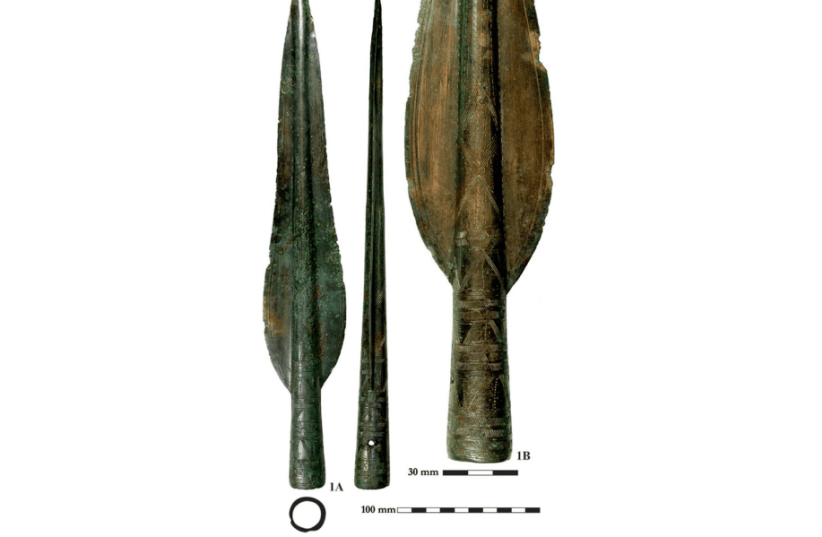


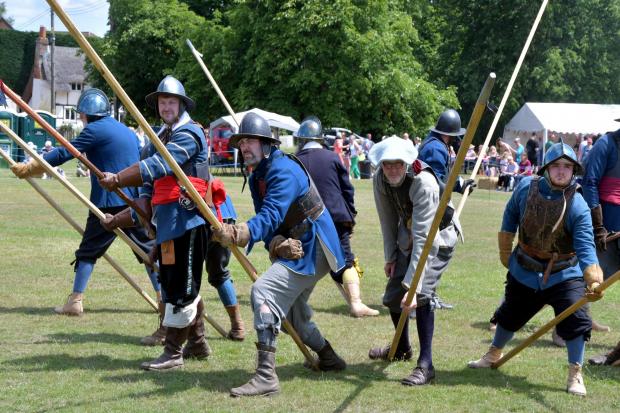

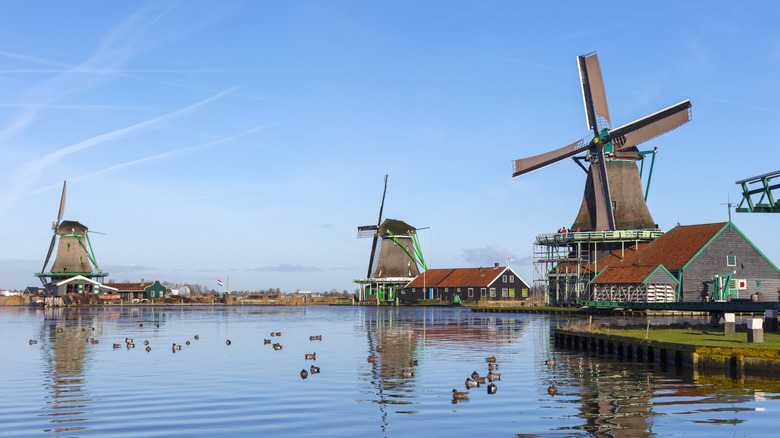




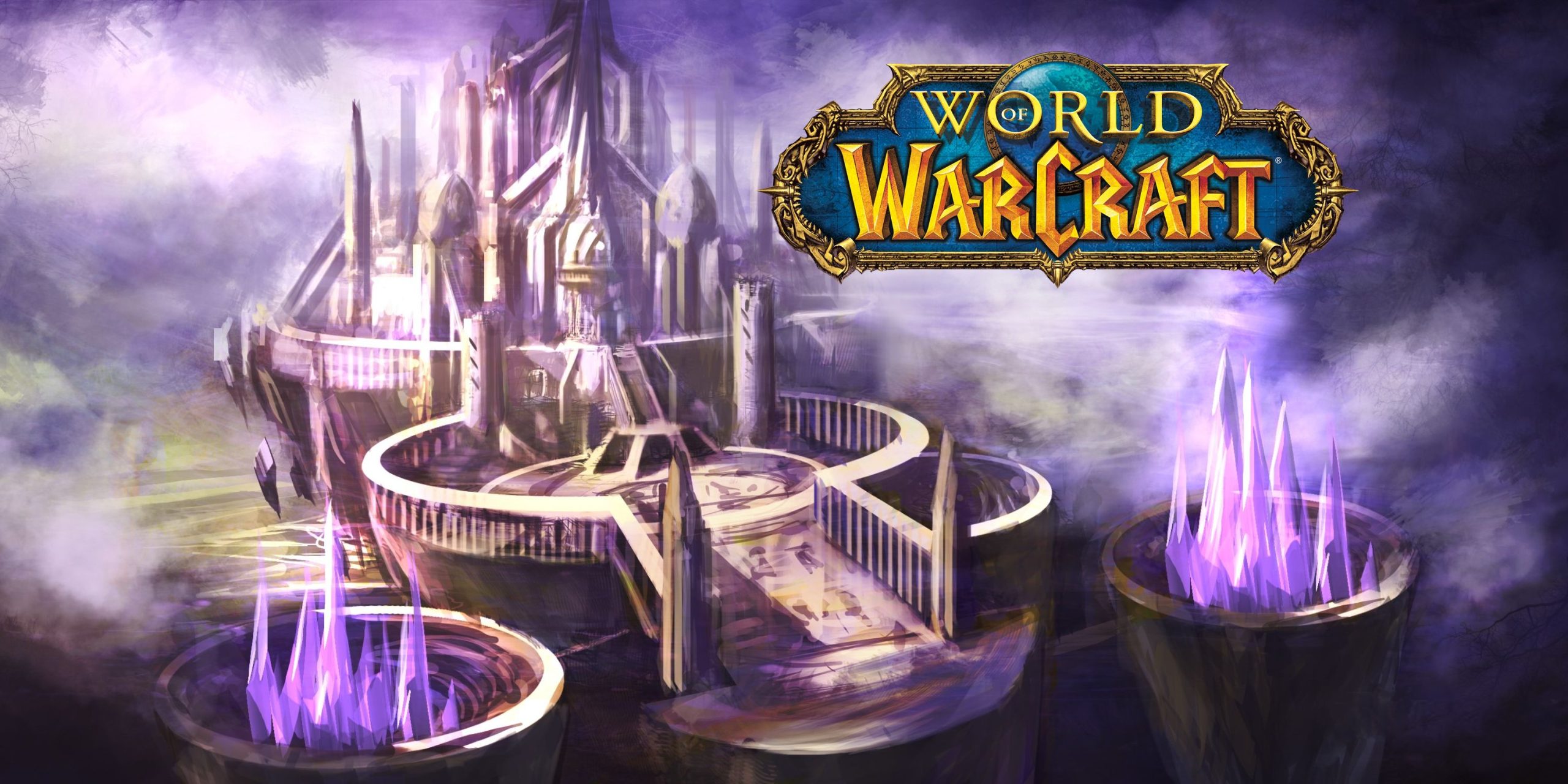
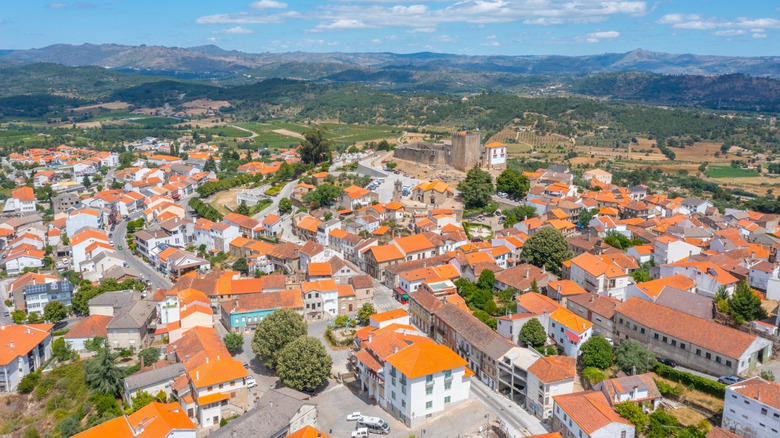





Leave a Reply